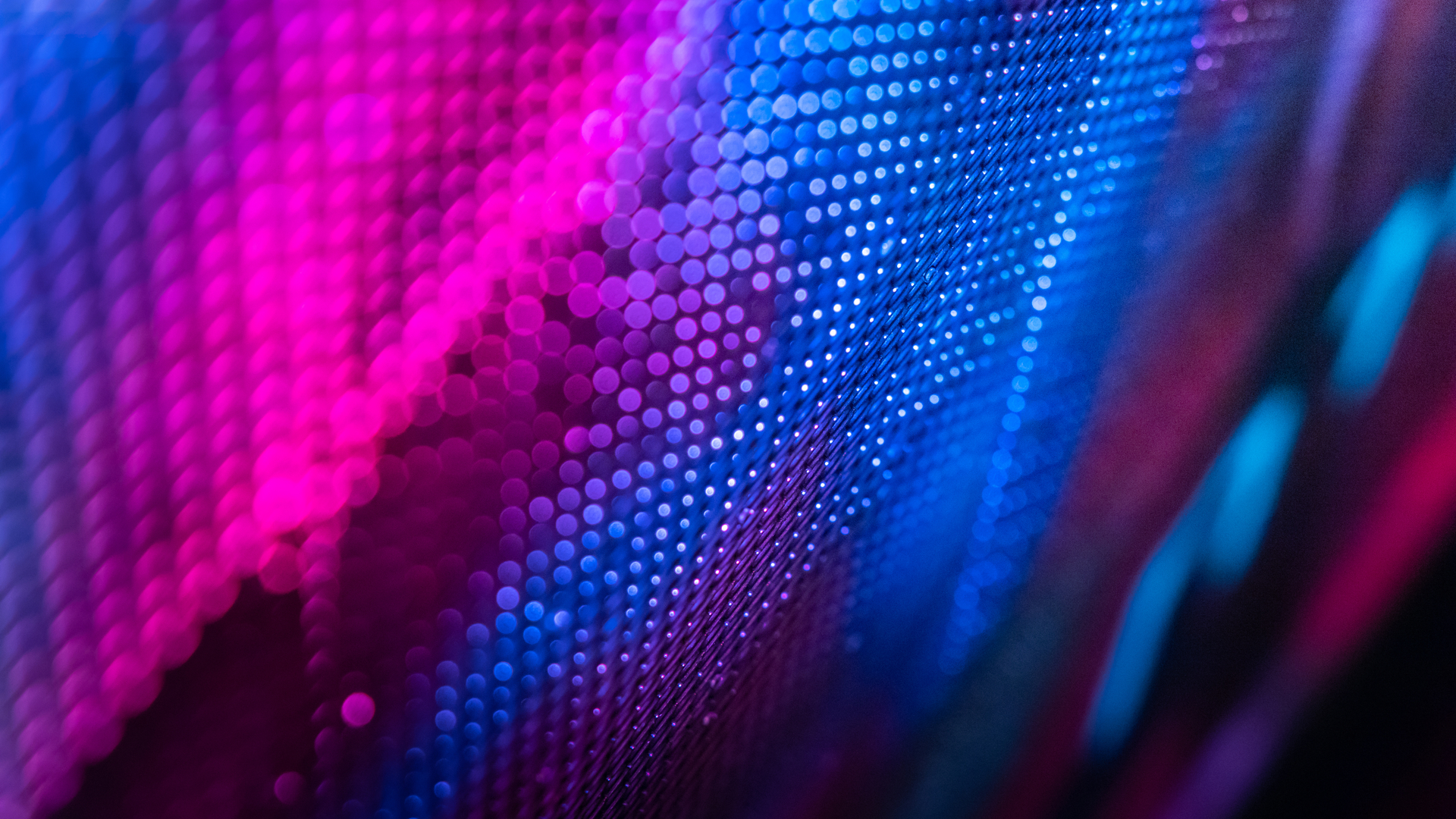Reflective displays are a type of display technology changing how people interact with their digital devices. This article will explore the basics of reflective displays, including how they work, what options exist, the benefits they offer, and the various applications of this technology. By the end of this guide, you will have a better understanding of this exciting and innovative display technology.
What is a Reflective Display?
A reflective display is a type of display technology that uses ambient light to create an image, rather than using a backlight or a front light like traditional transmissive displays. This technology is based on the principle of reflection, where light is bounced off the display’s surface rather than transmitted through it. As a result, reflective displays can create an image using only the light available in their environment rather than requiring an external light source, which makes them highly energy-efficient and well-suited for use in portable devices such as smartwatches and e-readers. The obvious downside is that reflective displays are not readable in low-light conditions. This can be solved using a so-called transflective display technology, which includes an active light source only when needed.
Most Common Reflective Display Technologies
Several different technologies can be used to create a Reflective Display, including:
- Electrochromic Displays: These displays use electrochromic materials that change color when an electrical current is applied to them. By controlling the color of the display, it is possible to create an image.
- Electrophoretic Displays: These displays use tiny charged particles suspended in a liquid that can be moved around by an electric field. Changing the particles’ position makes it possible to create an image.
- Reflective Liquid Crystal Displays (Reflective LCD): A layer of liquid crystals between two sheets of glass to control the amount of light that is transmitted through the display. The light is reflected back to the observer through a mirror-like layer.
- Electrowetting/Electrofluidic Displays: These displays use a layer of liquid on top of a conductive surface. Applying an electrical current to the conductive surface makes it possible to change the shape of the liquid and create an image.
- Interferometric Modular Displays (IMODs): These displays use an array of tiny mirrors that can be tilted to different angles to reflect light in different directions. By controlling the angle of the mirrors, it is possible to create an image.
- Digital Micromirror Devices (DMDs): These displays use an array of tiny micromirrors that can be tilted to different angles to reflect light in different directions. By controlling the angle of the mirrors, it is possible to create an image.
The Benefits of Reflective Displays
One of the key advantages of reflective displays is their low power consumption. The power consumption of traditional display can simply be expressed as:
P display = P panel + P backlight
For most displays, the power of the backlight (Pbacklight) is at least ten times higher than the power of the panel (Ppanel). Reflective displays are, as a result of no backlight, at least ten times less power-hungry than transmissive displays with backlights. This makes them ideal for use in portable devices such as smartwatches, e-readers, and various IoT devices, where battery life is a critical factor.
Reflective displays are readable in high outdoor light conditions and even direct sunlight. This is a major advantage compared to traditional displays that basically compete with sun rays, which is a challenging game to win.
Furthermore, most reflective displays are thinner and more lightweight since the display stack comprises fewer layers and materials (e.g., no backlight). They can also more easily be fabricated on thin and flexible substrates, creating an overall lighter and thinner structure. Read more about Flexible Displays.
Leading the Way in Reflective Display Technology
Overall, reflective displays are a promising technology that has the potential to revolutionize the way we interact with digital devices. Ynvisible is leading the way in reflective display technology with its printed e-paper display based on cutting-edge electrochromic display technology.



